Introducation:
Features of HDPE Pipe Fittings:
DONSEN HDPE elbow pipe fittings possess several advantageous features that contribute to their widespread use. These features include:
1.Excellent Chemical Resistance: HDPE pipe fittings are resistant to a broad range of chemicals, making them suitable for handling corrosive fluids in industrial applications.
2.High Impact Strength: The robustness of HDPE makes it highly resistant to impact, making these fittings durable and suitable for demanding environments.
3.Flexibility: HDPE fittings have excellent flexibility, allowing for easy installation and maneuverability around obstacles.
4.Leak-Free Joints: With proper installation techniques, HDPE pipe fittings provide reliable, leak-free joints, ensuring efficient fluid flow.
Types of HDPE Pipe Fittings:
DONSEN HDPE pipe fittings come in various types, each serving specific purposes. The most common types include:
1.Butt Fusion Fittings: Butt fusion is the most widely used method of joining HDPE pipes. It involves melting the ends of two pipes and then pushing them together to create a seamless, leak-free joint. Butt fusion fittings include elbows, tees, reducers, and end caps.
2.Electrofusion Fittings: Electrofusion fittings utilize electrical resistance heating to melt the HDPE material and create a strong bond. These fittings are commonly used for branching, tapping, and repairing HDPE pipelines.
3.Compression Fittings: Compression fittings are an alternative method for joining HDPE pipes. They use a compression nut and ring to create a tight seal. These fittings are quick to install and offer flexibility in disassembly and reassembly.
4.Transition Fittings: Transition fittings are used to connect HDPE pipes to other types of piping materials, such as steel or PVC. They ensure a secure and reliable connection between different pipe materials.
Methods of Joining HDPE Pipes:
1.Butt Fusion: As mentioned earlier, butt fusion is the most commonly used method for joining HDPE pipes. It involves heating the pipe ends using a specialized butt fusion machine, then applying pressure to fuse them together. This method creates a strong and durable joint.
2.Electrofusion: Electrofusion requires an electrofusion machine and fittings equipped with embedded heating elements. The machine heats the fittings, causing the HDPE material to melt and bond with the pipe surface. Electrofusion joints are known for their strength and long-term reliability.
3.Compression: Compression fittings use a compression nut and ring to secure the joint. The pipe end is inserted into the fitting, and the nut is tightened, compressing the ring against the pipe and creating a seal. Compression joints are quick and easy to install, making them suitable for temporary connections or situations that require frequent disassembly.


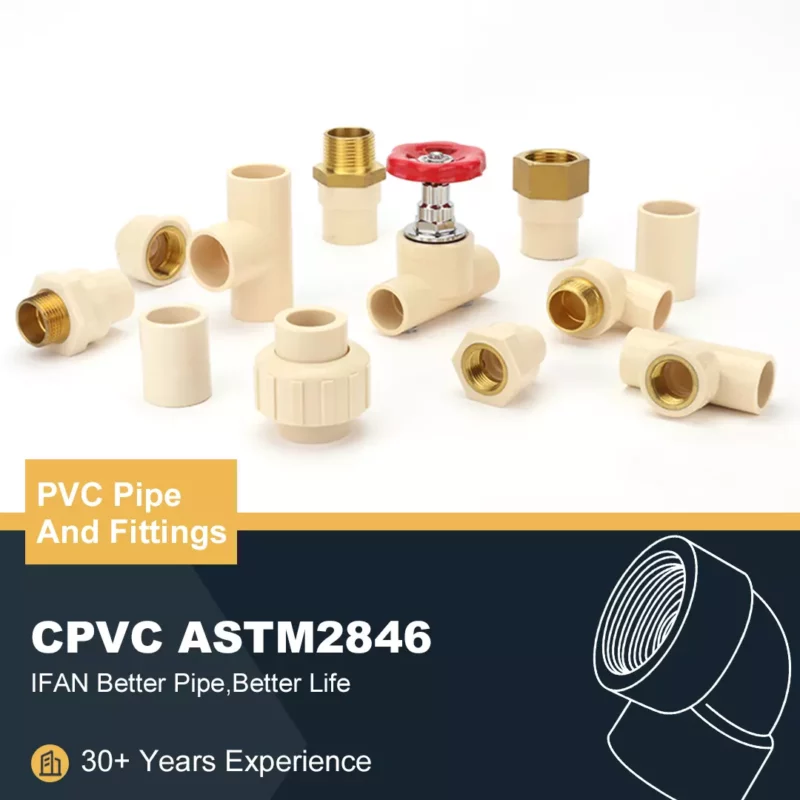
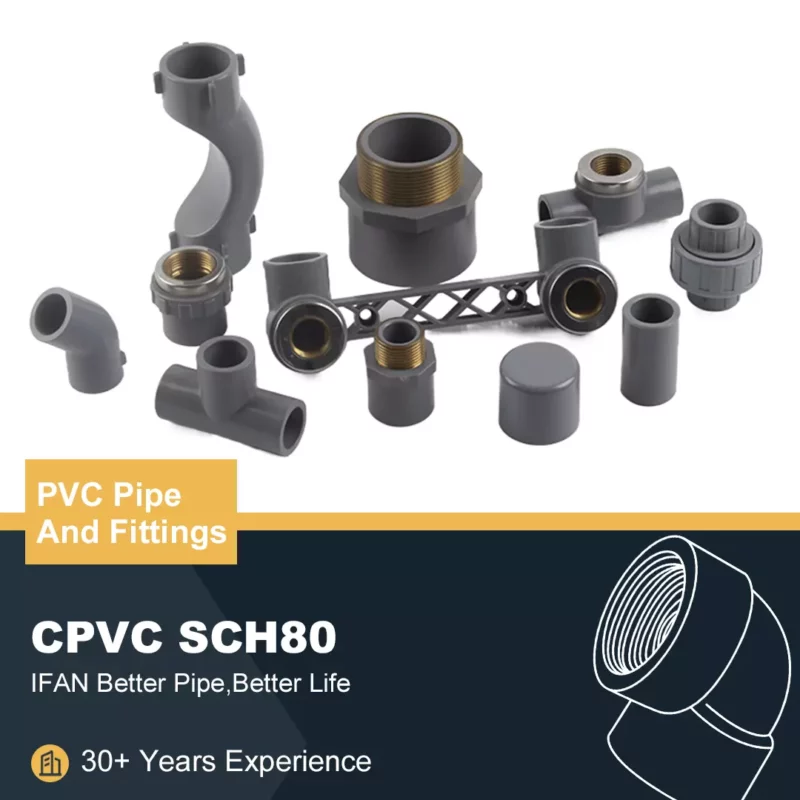
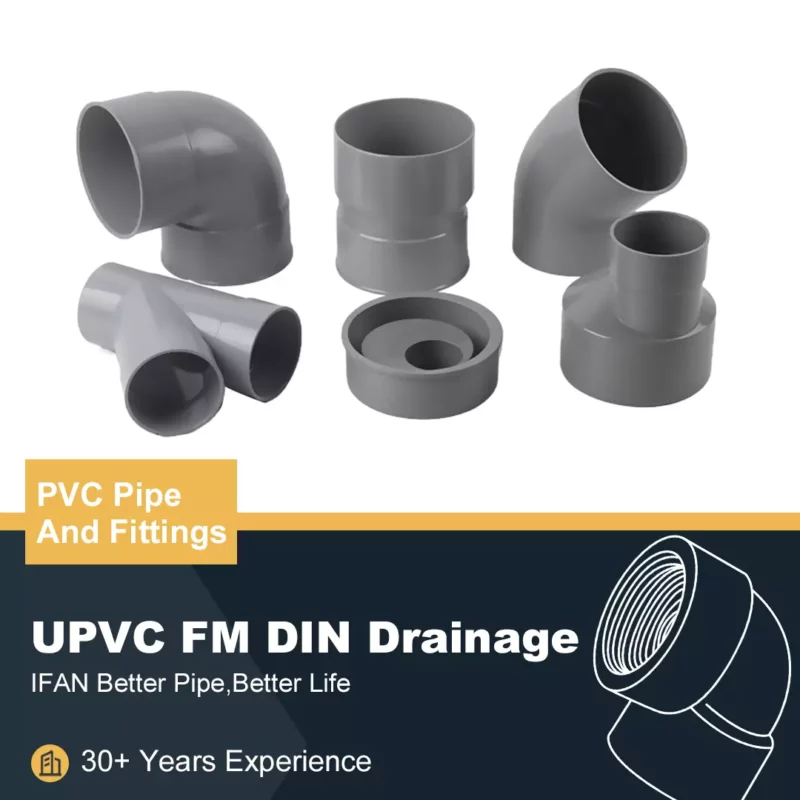
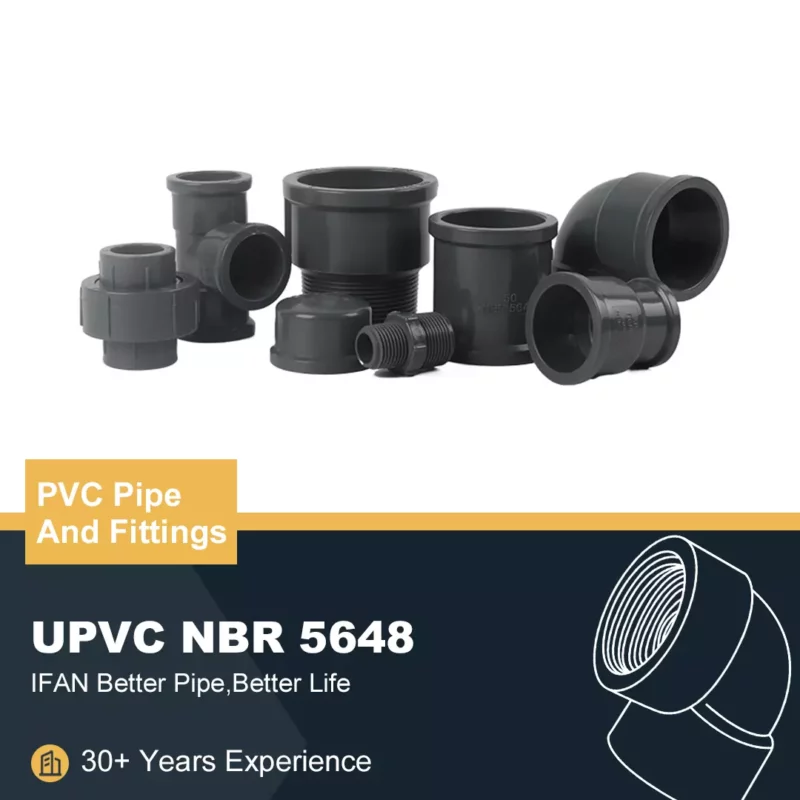
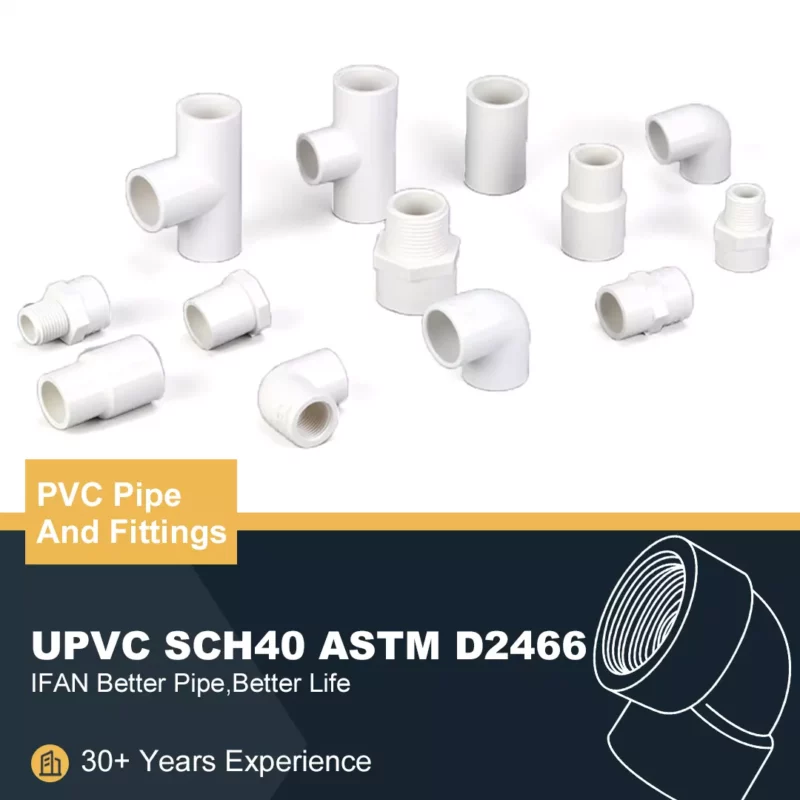
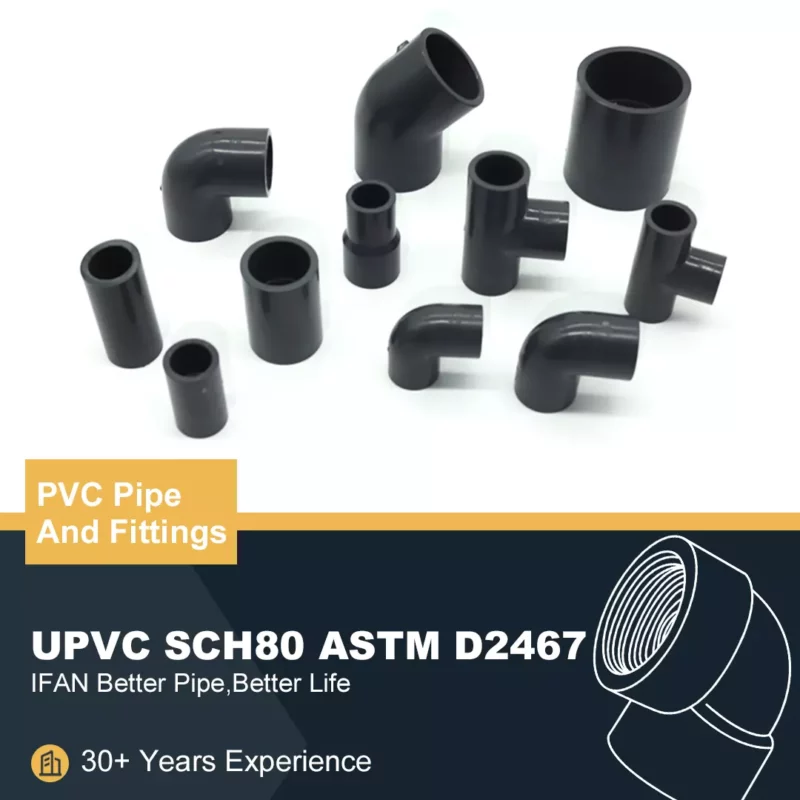
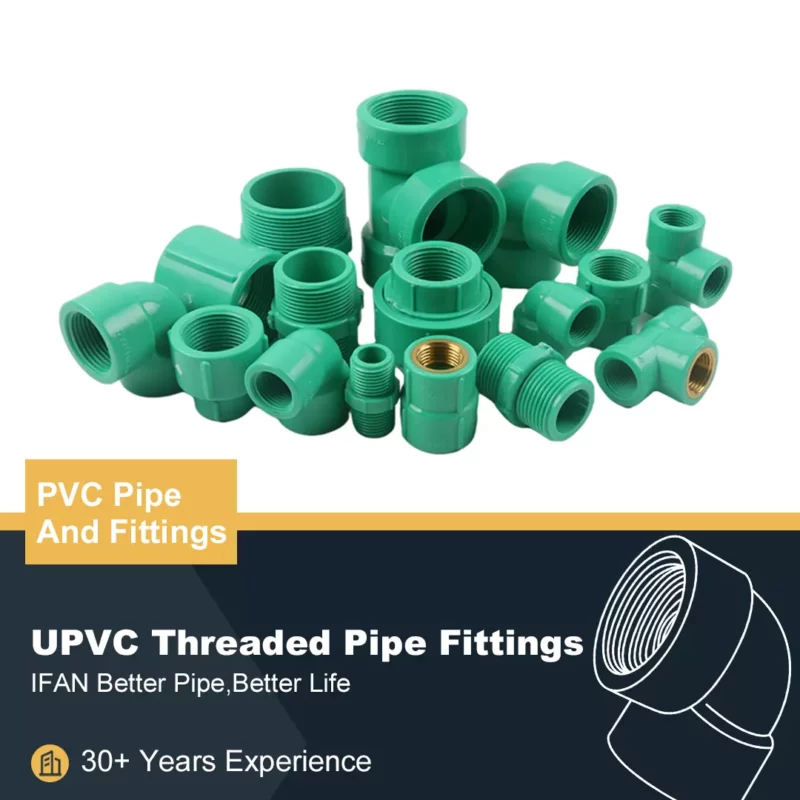
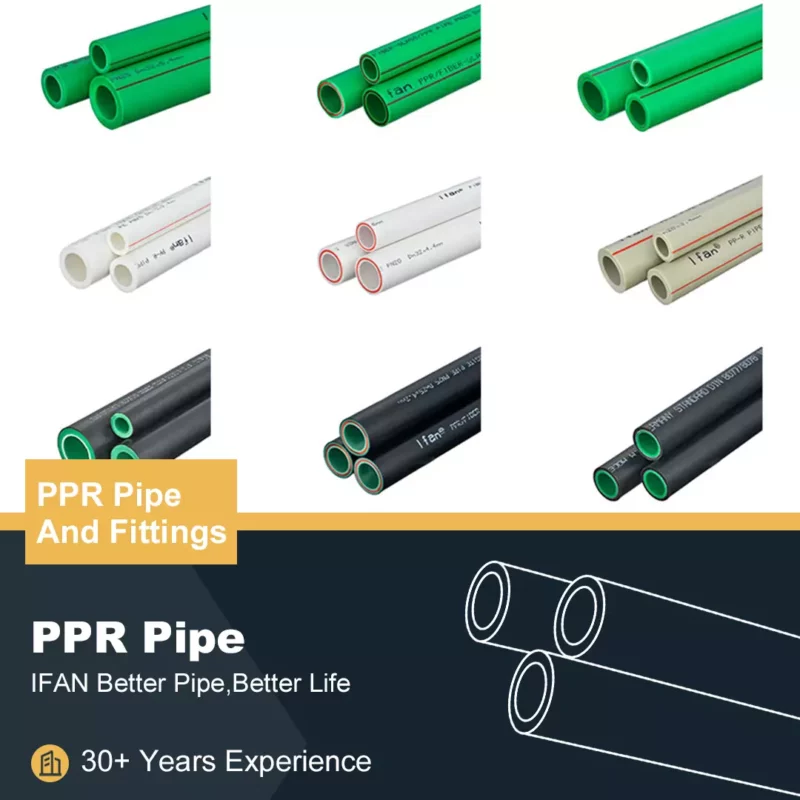
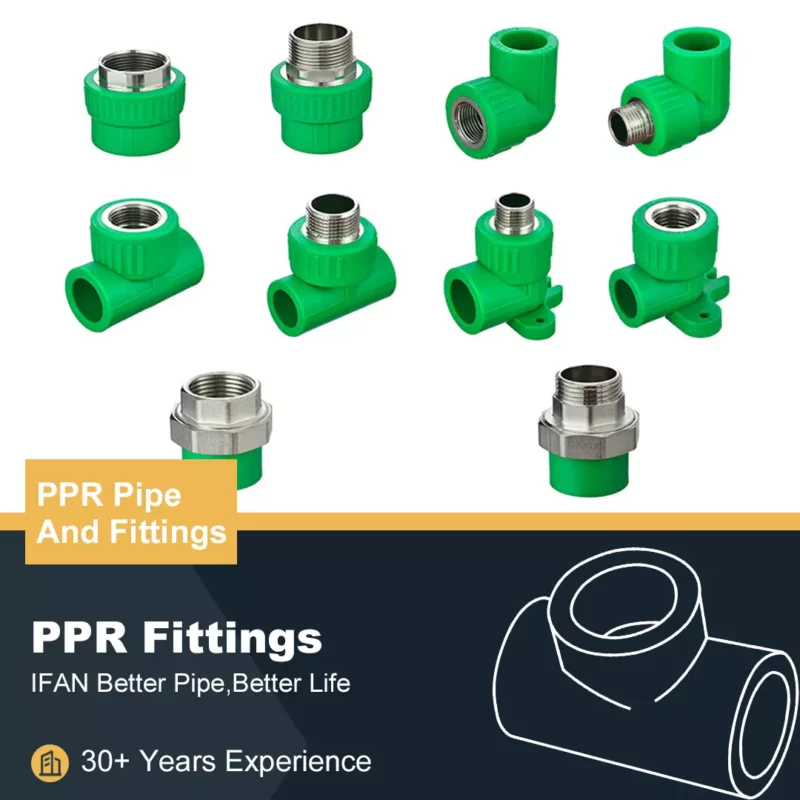
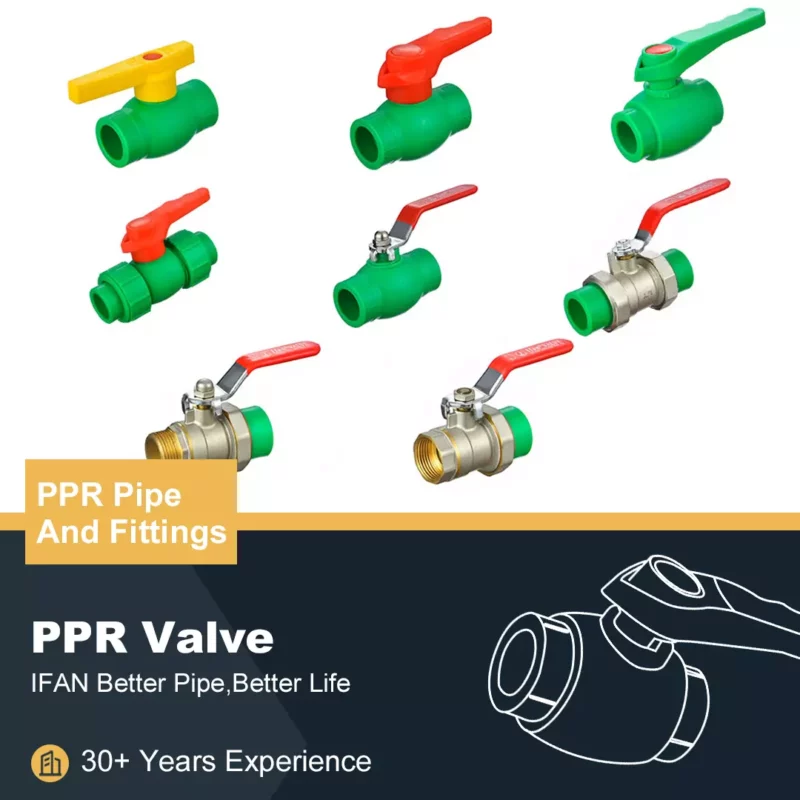
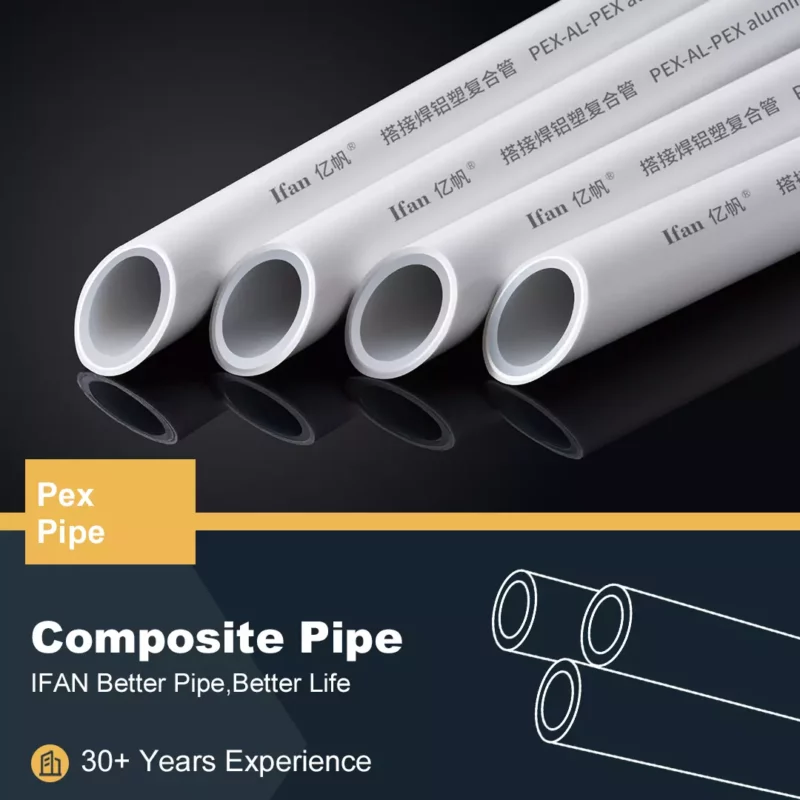
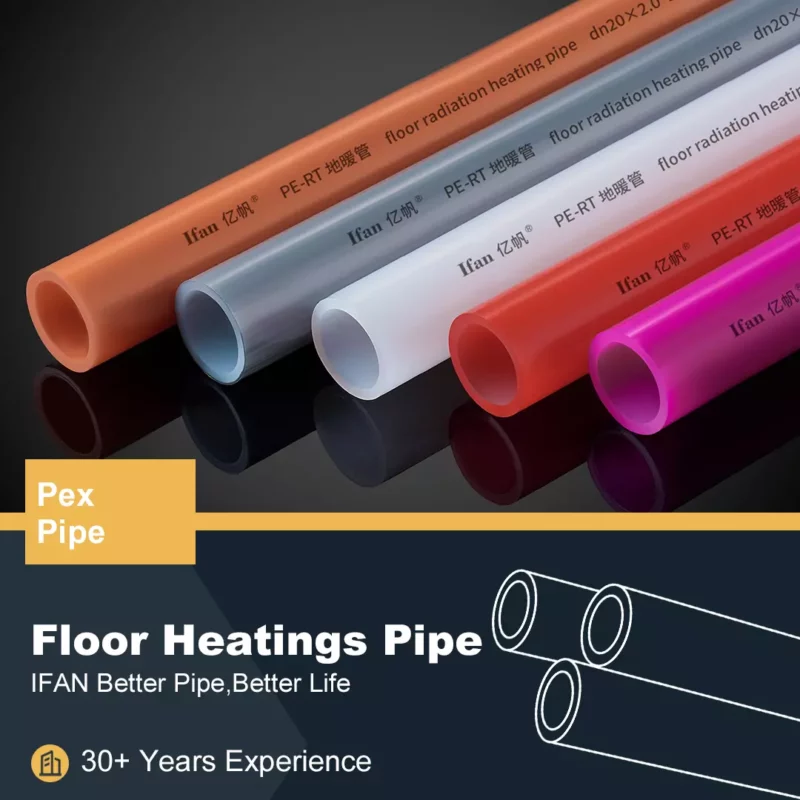
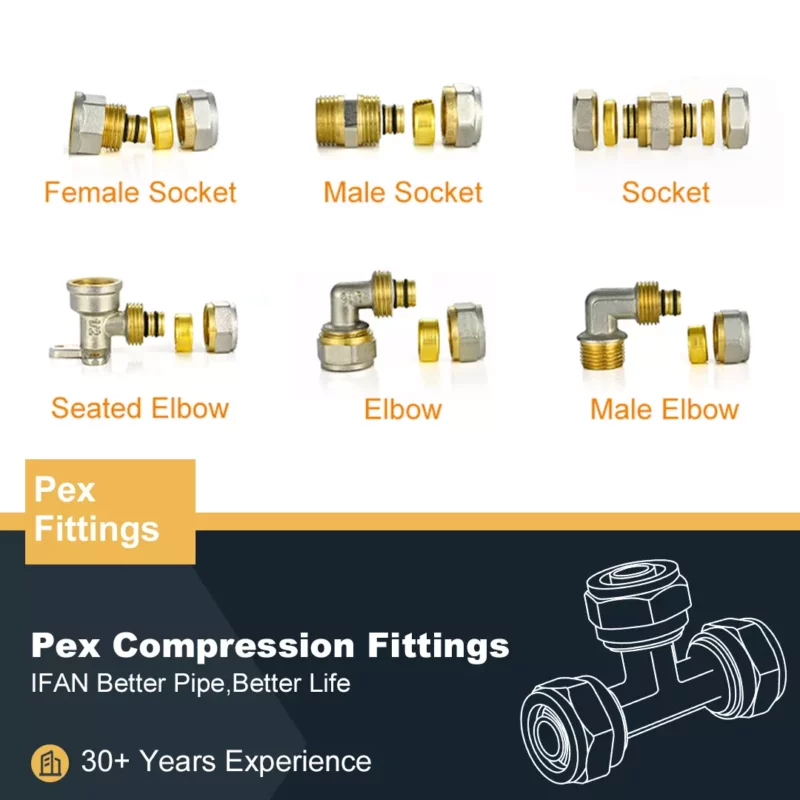
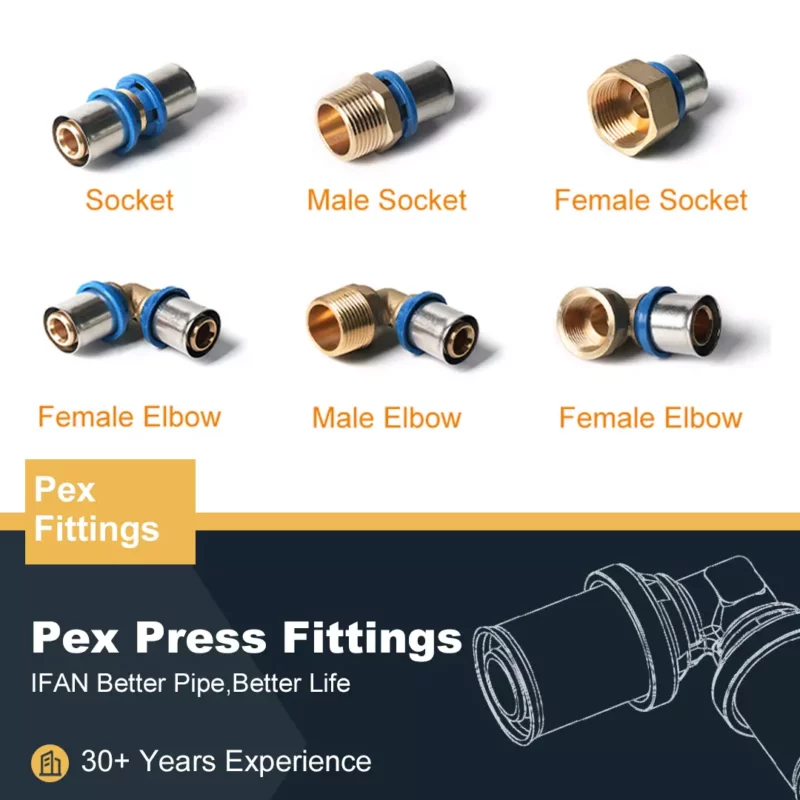
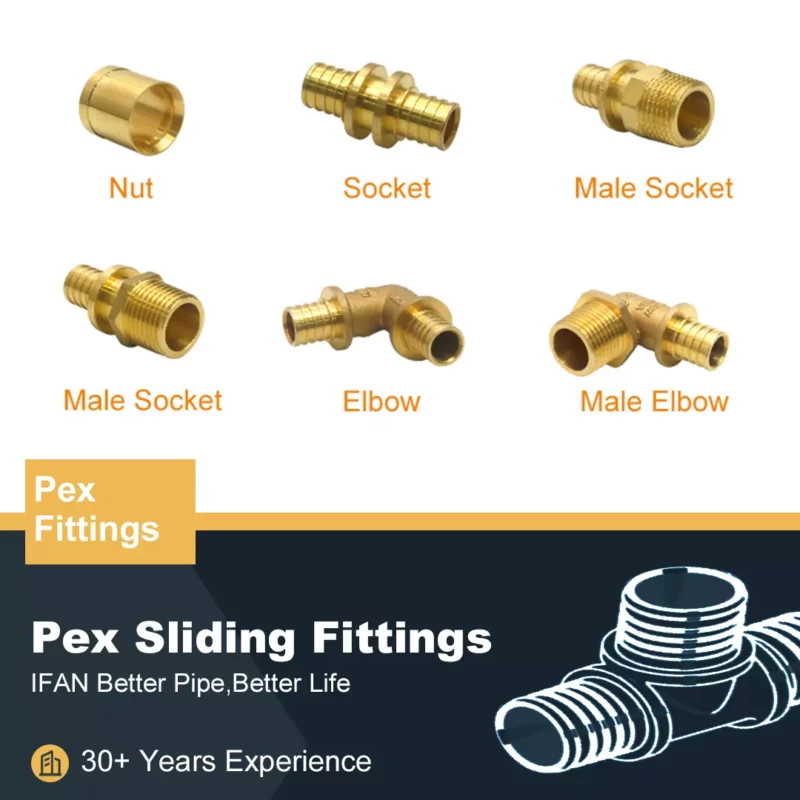
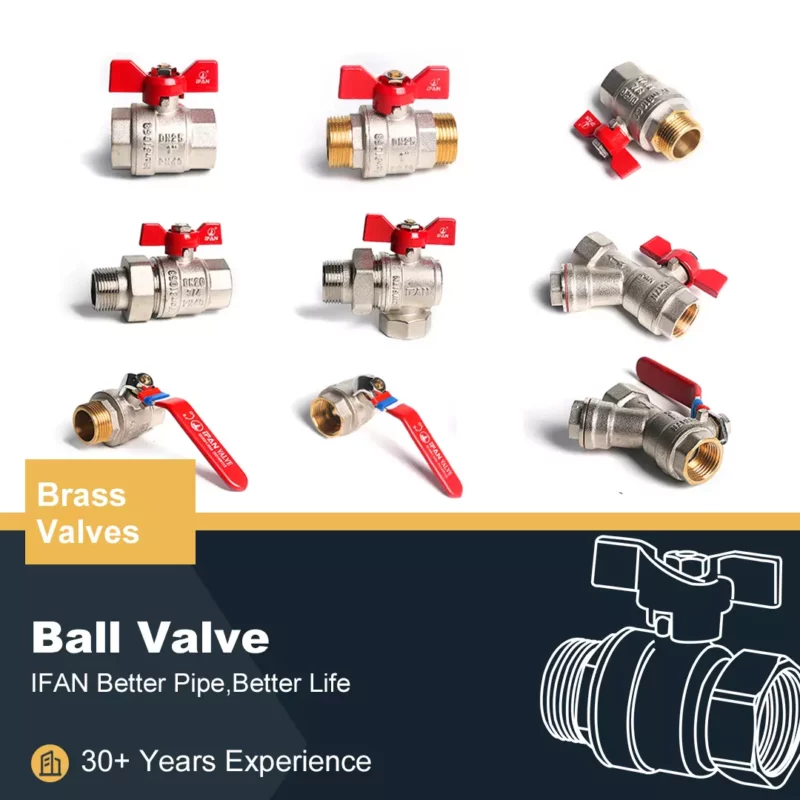
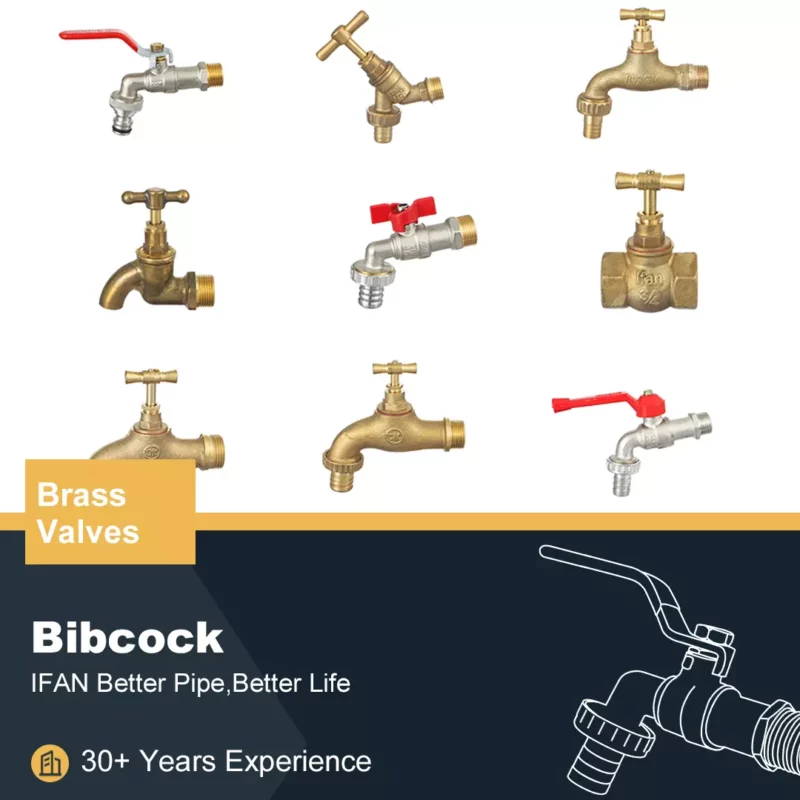
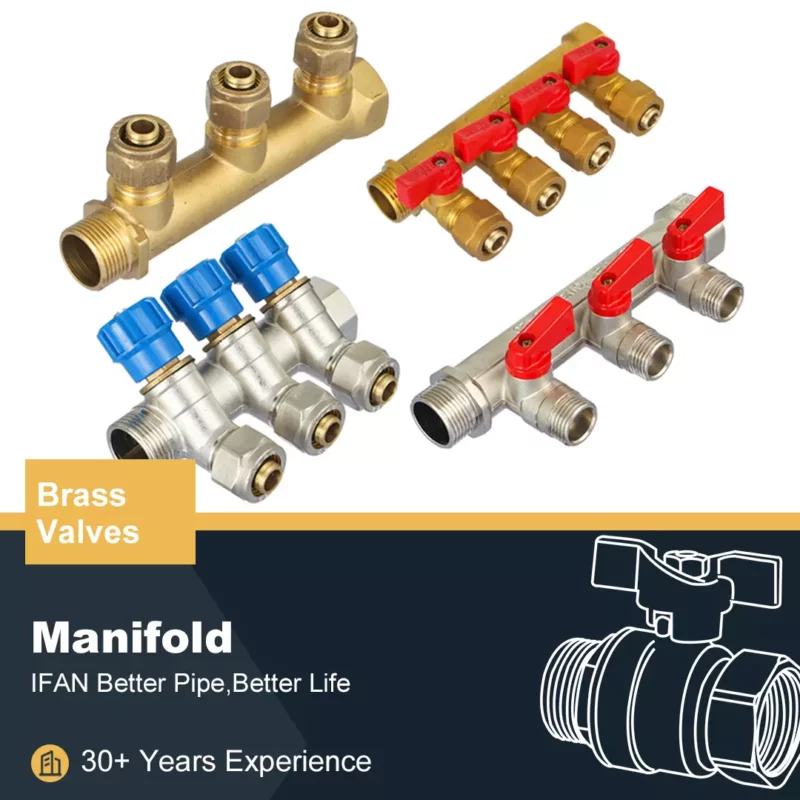
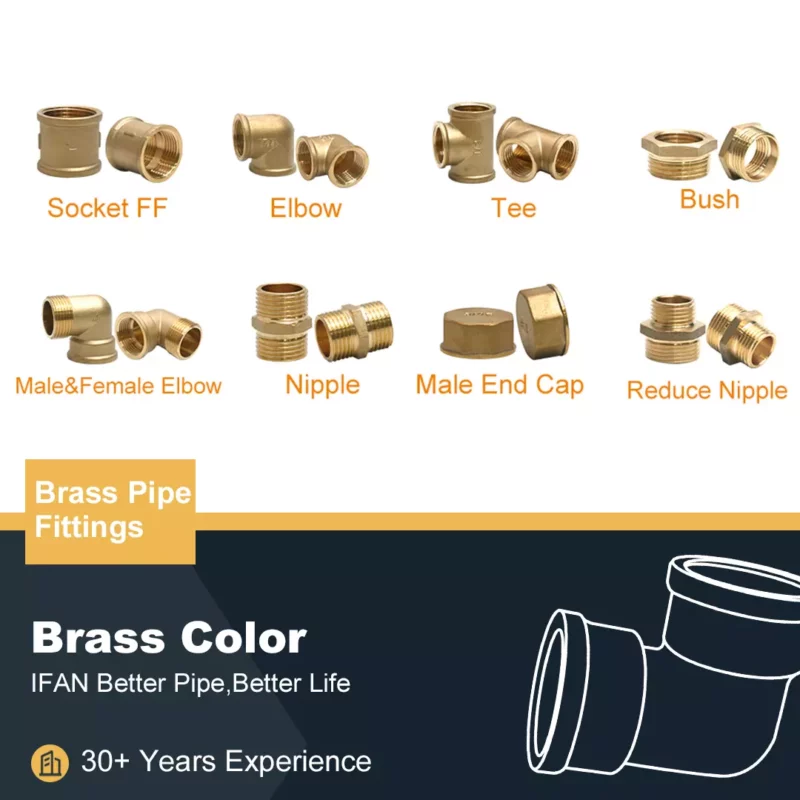
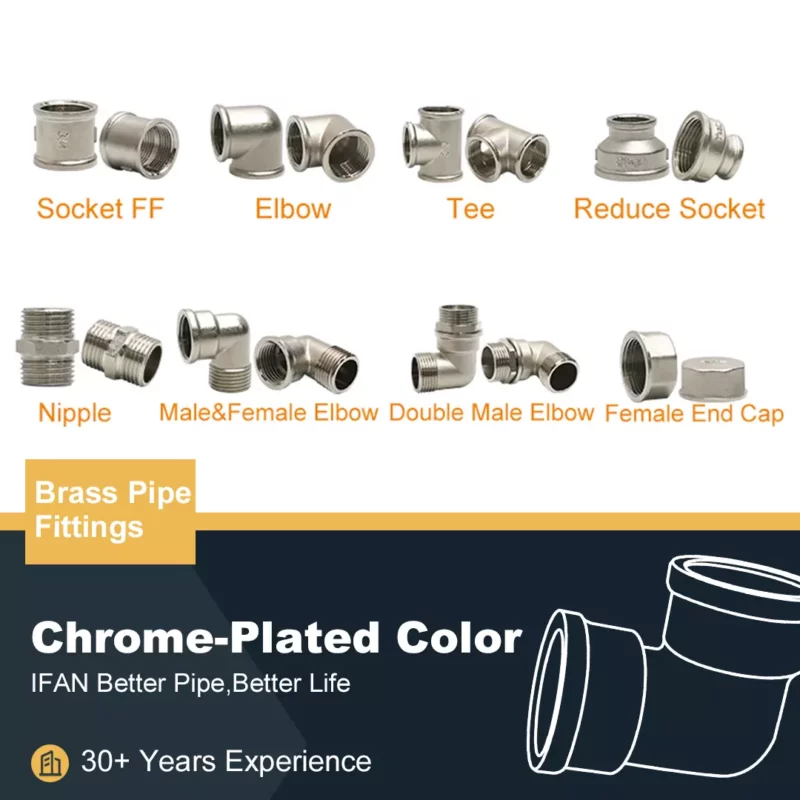
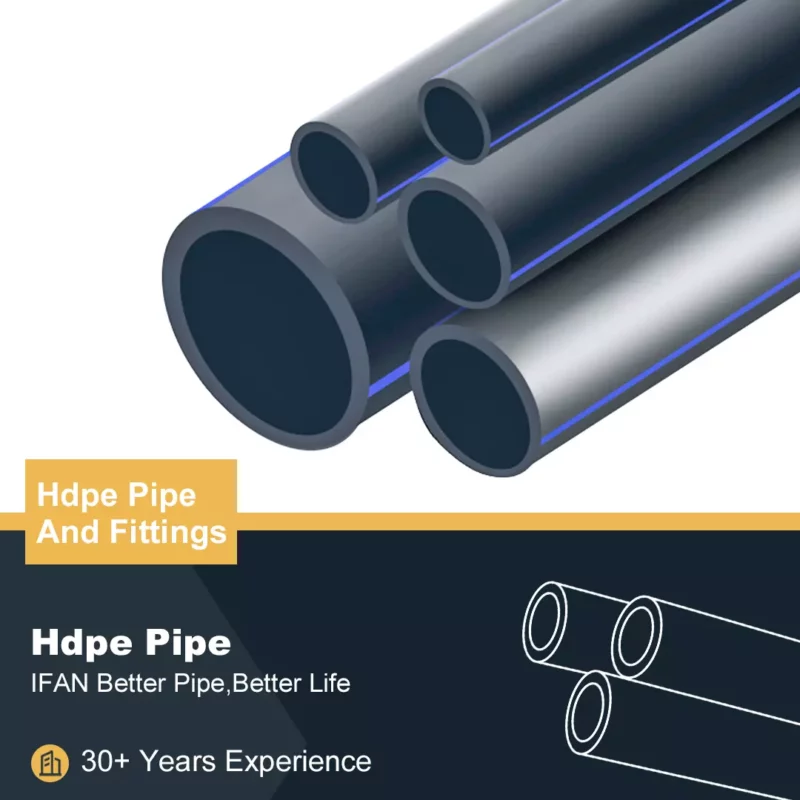
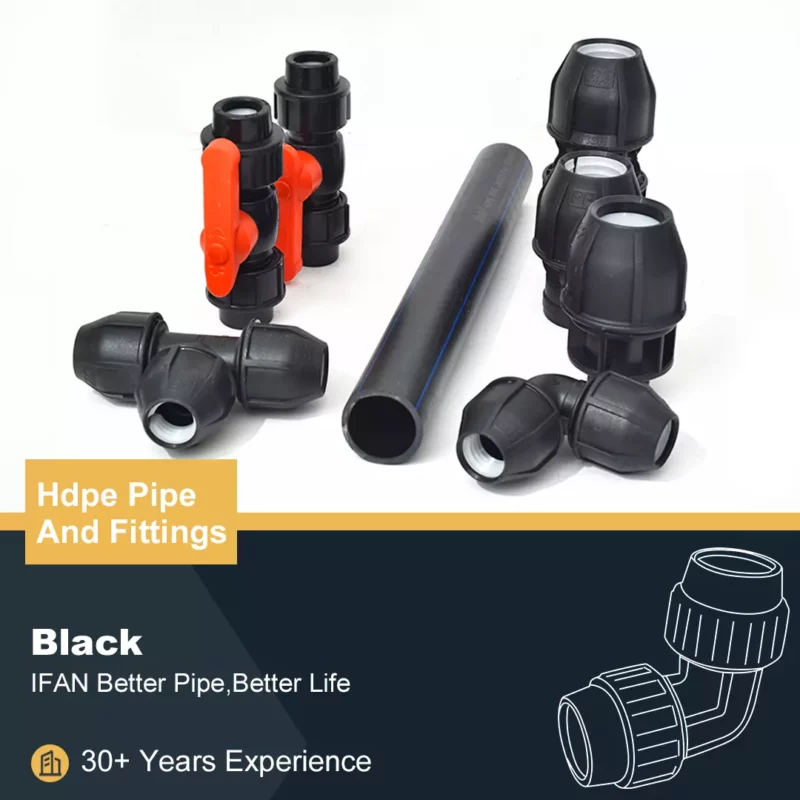
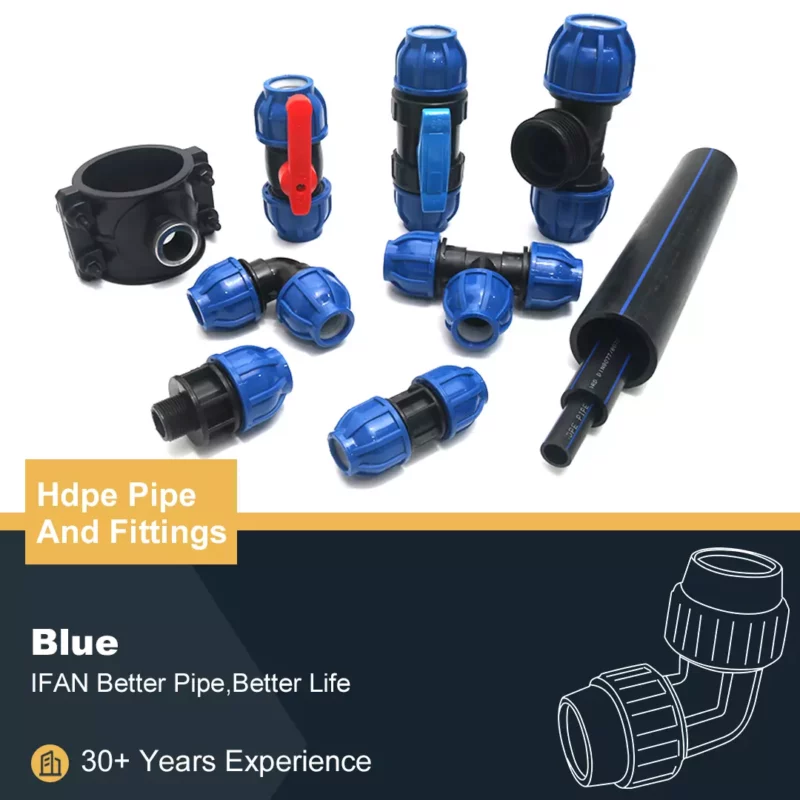
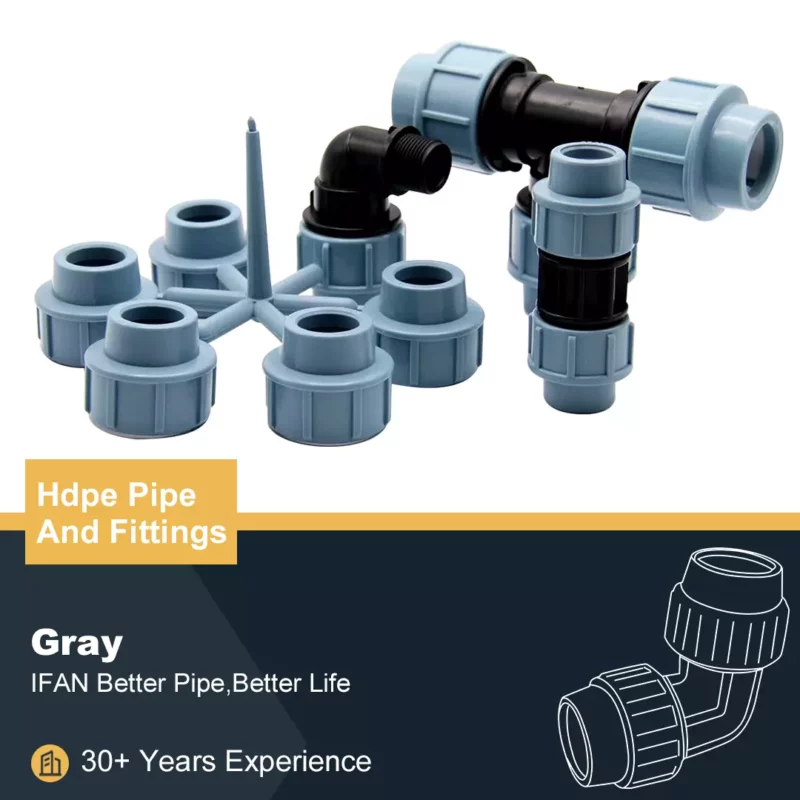
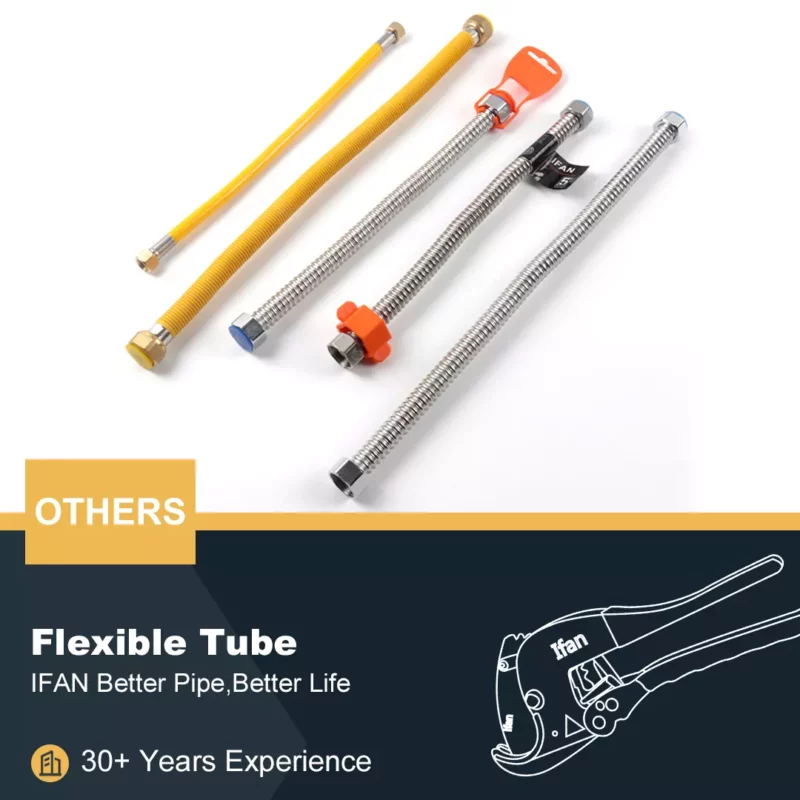
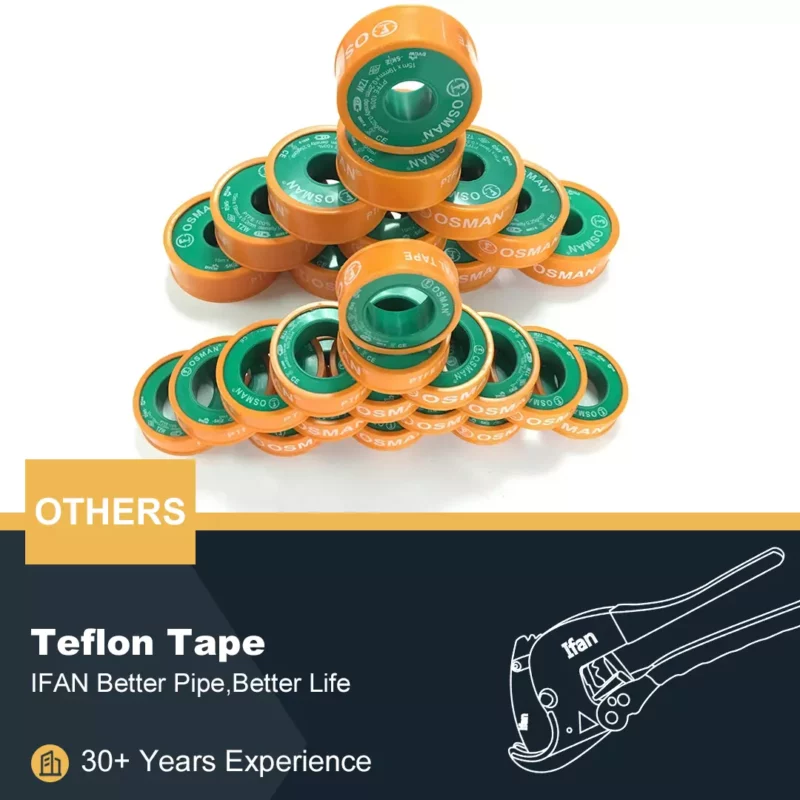
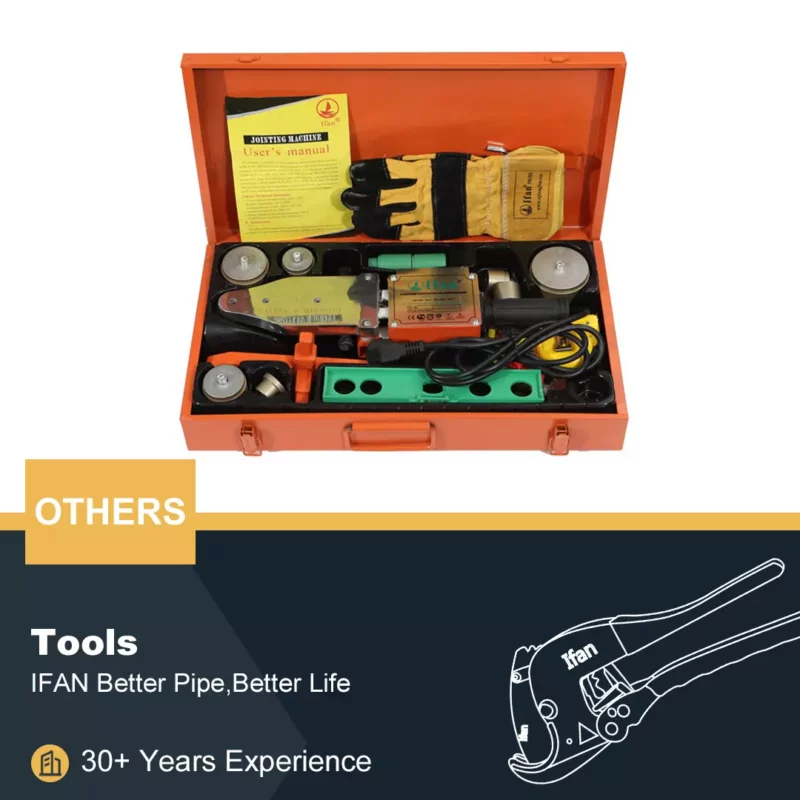

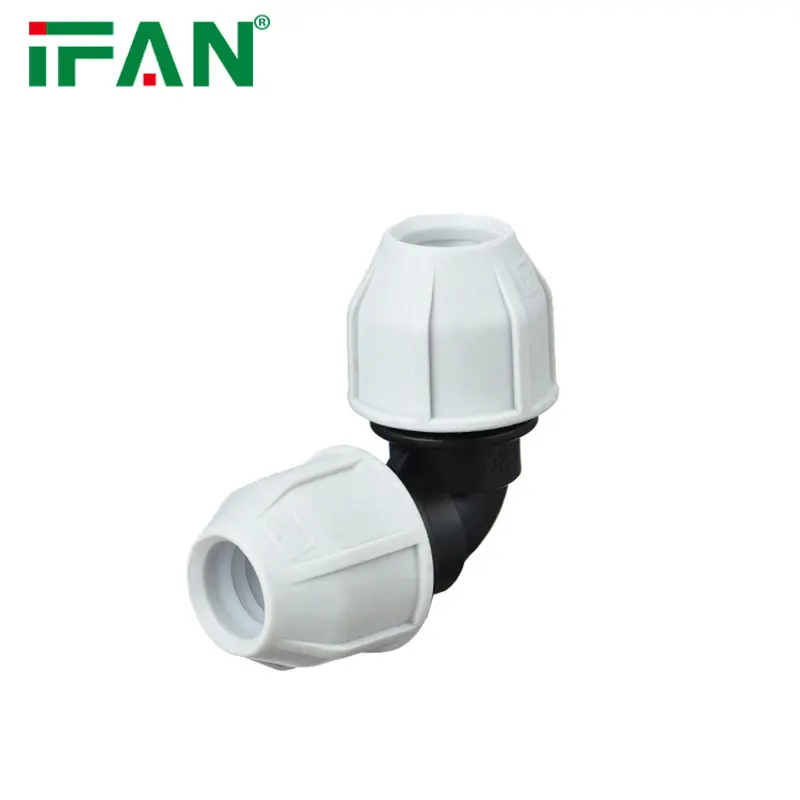
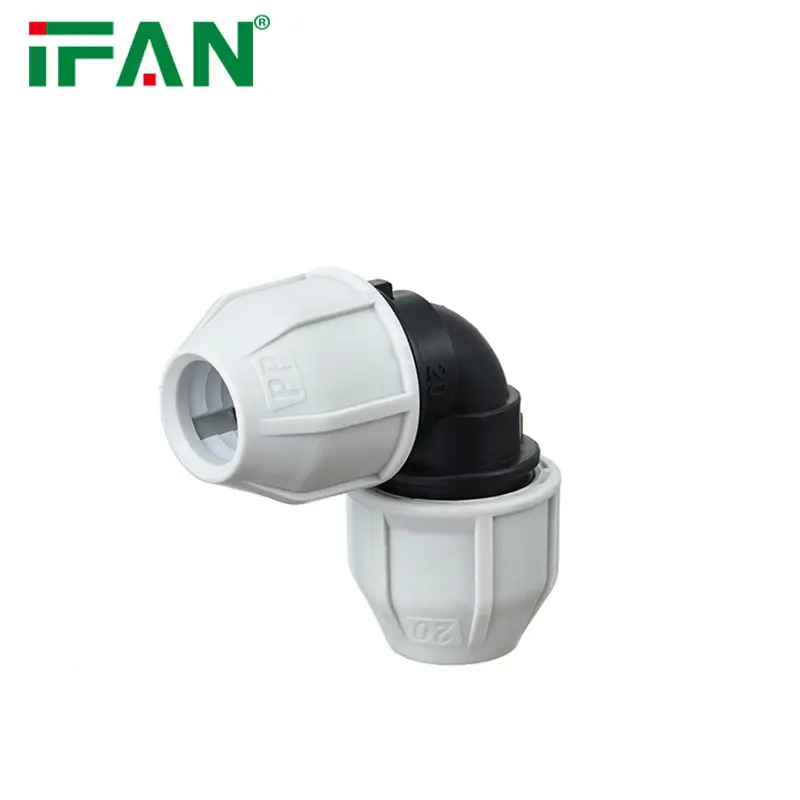






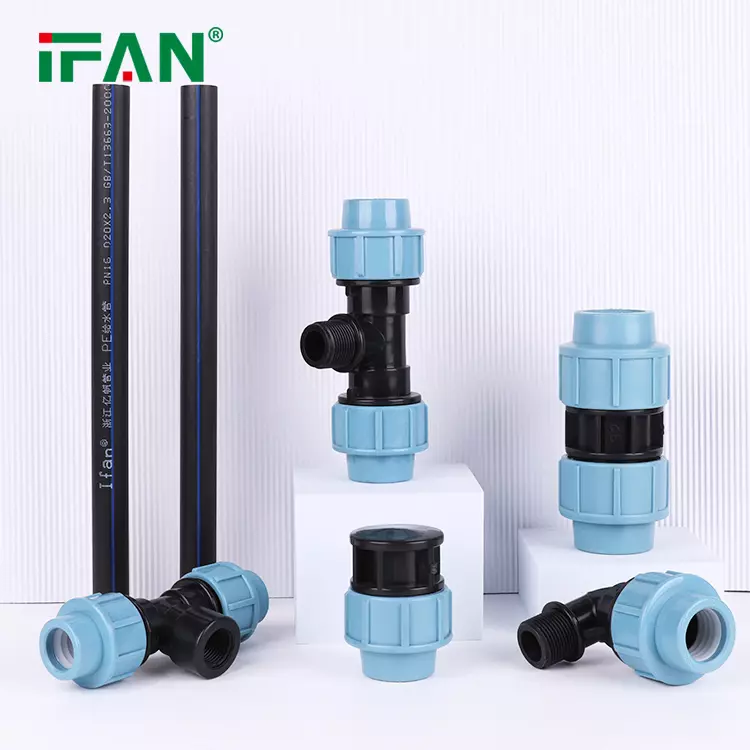
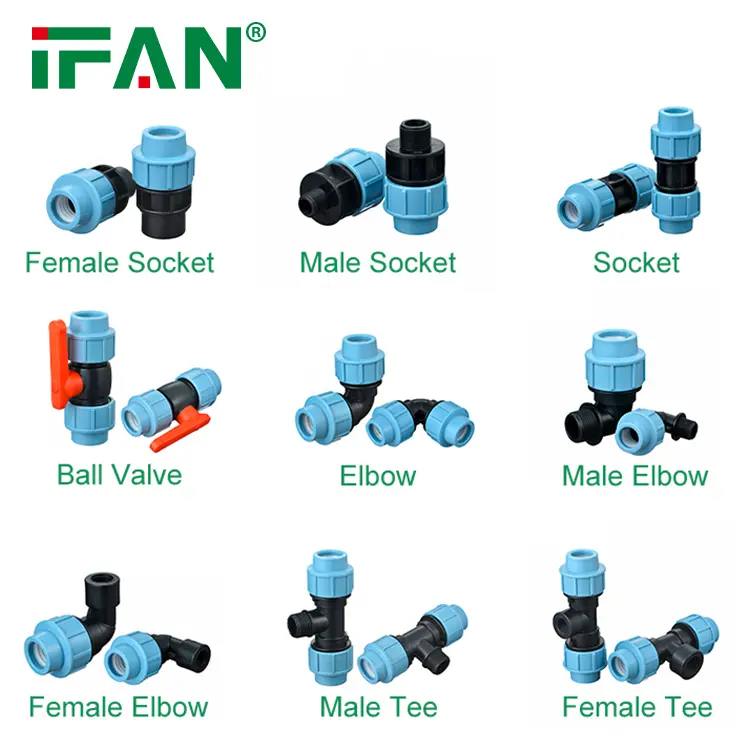
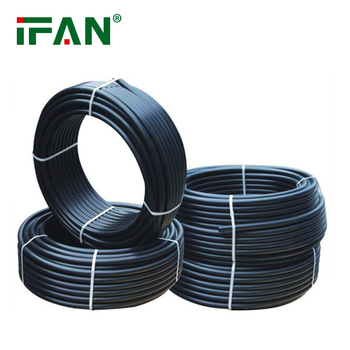
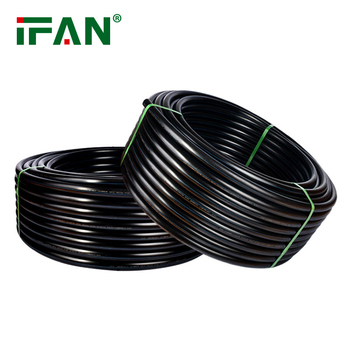

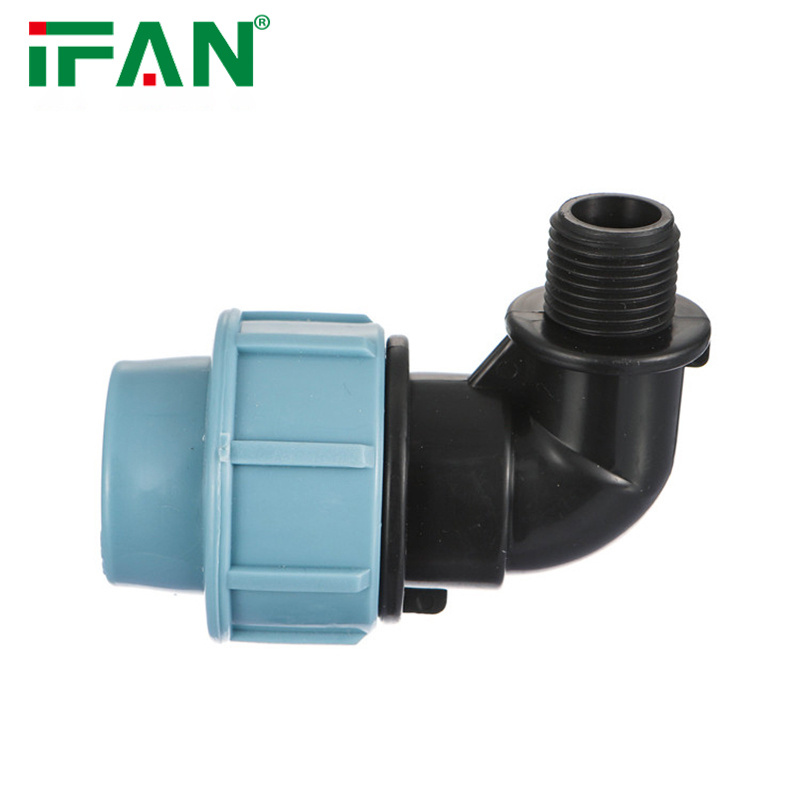
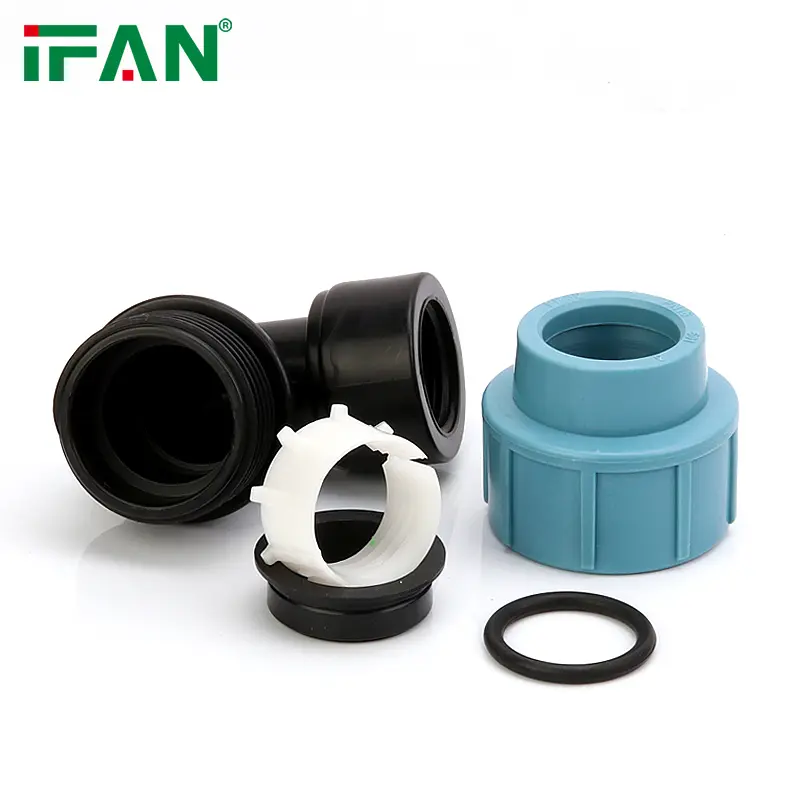
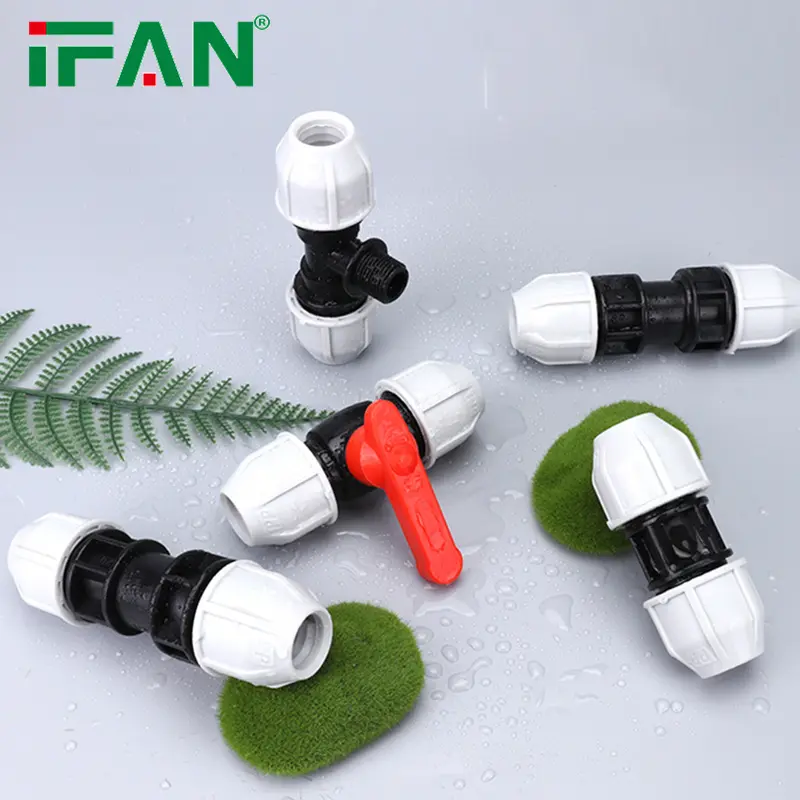
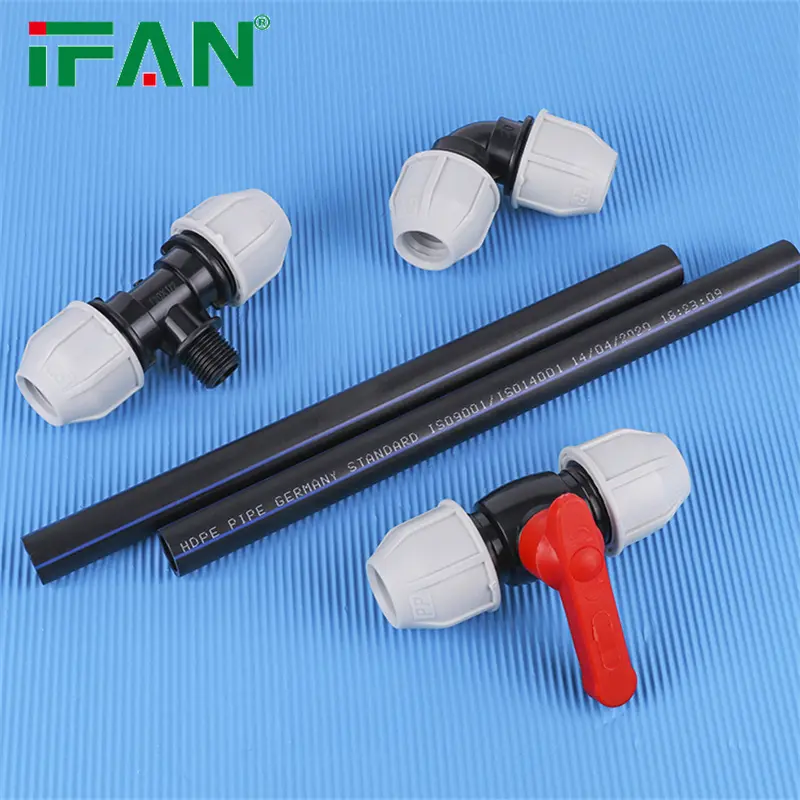




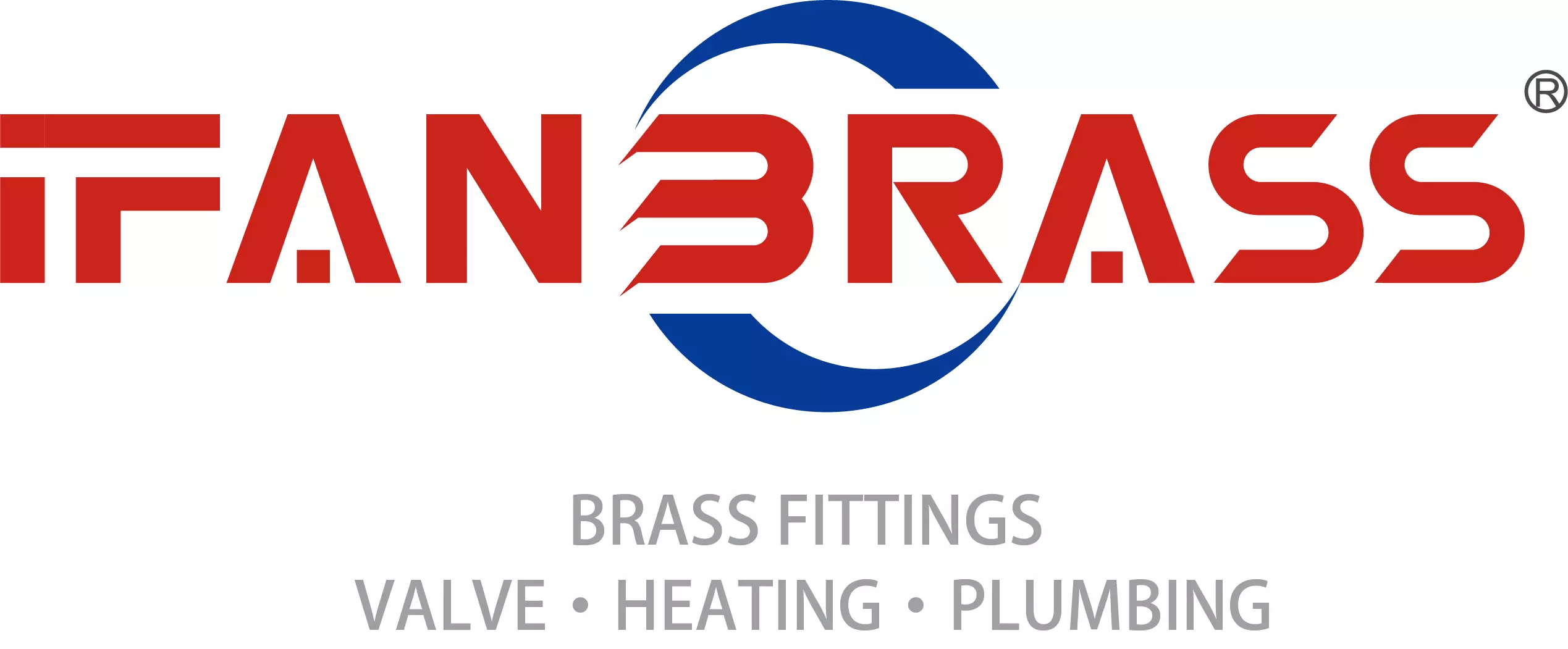





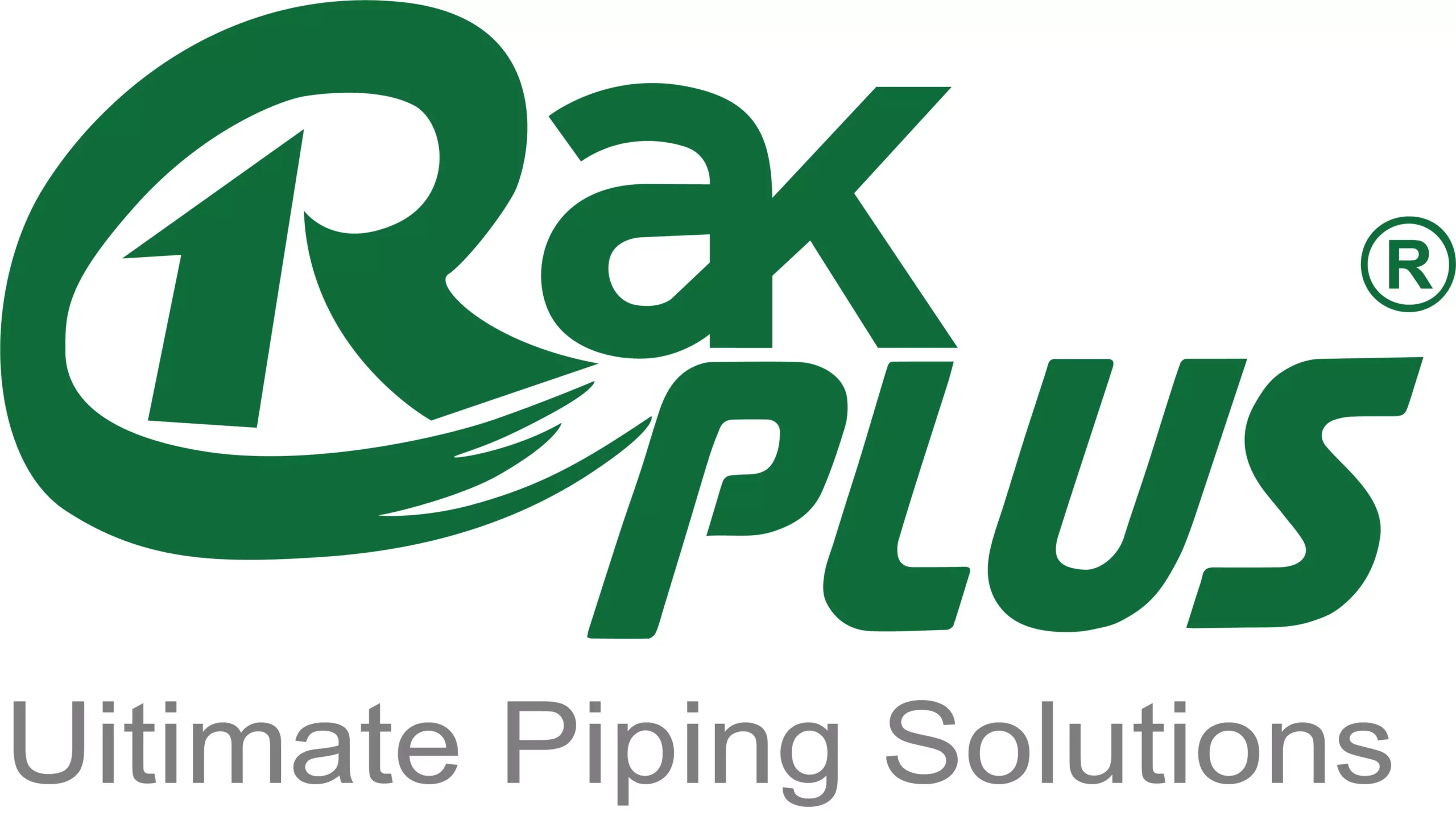
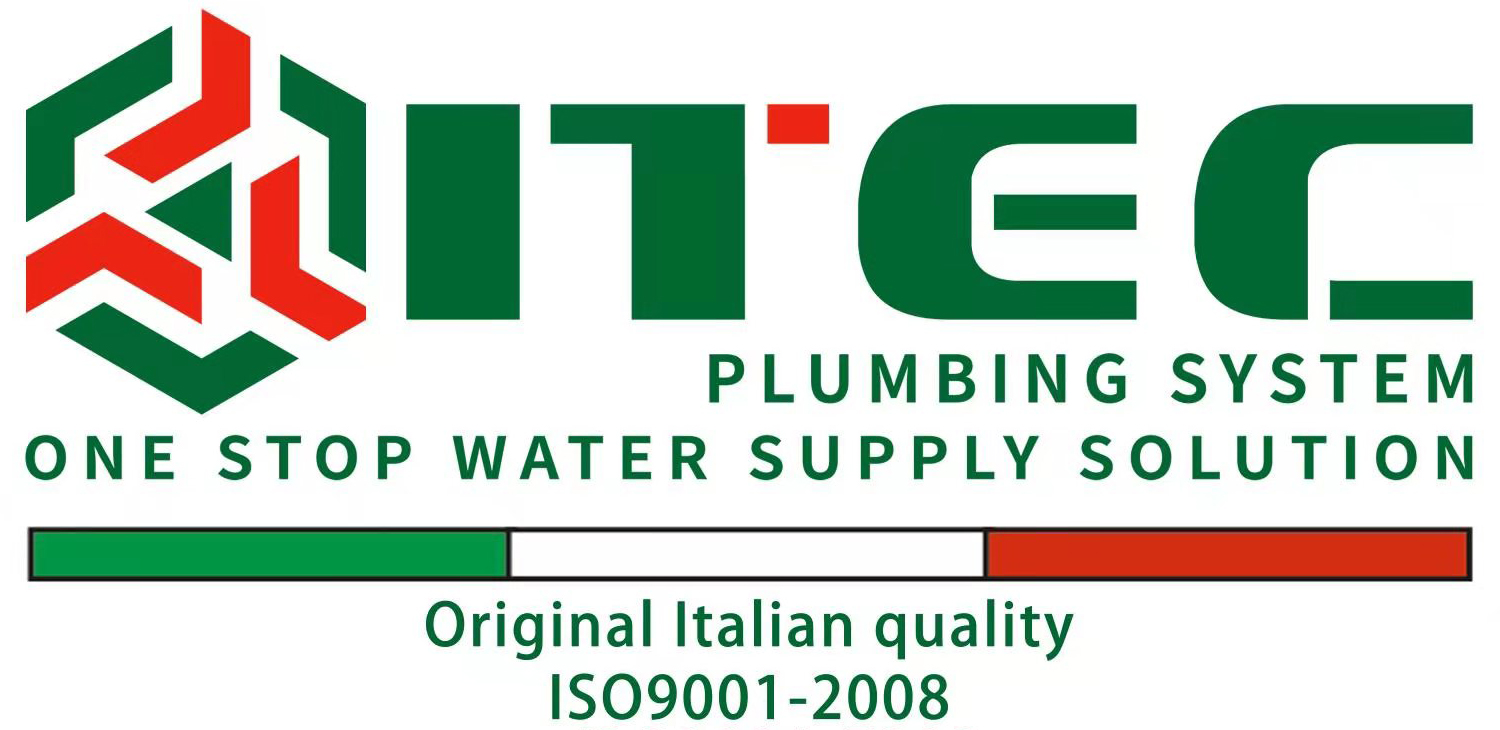

评价
目前还没有评价